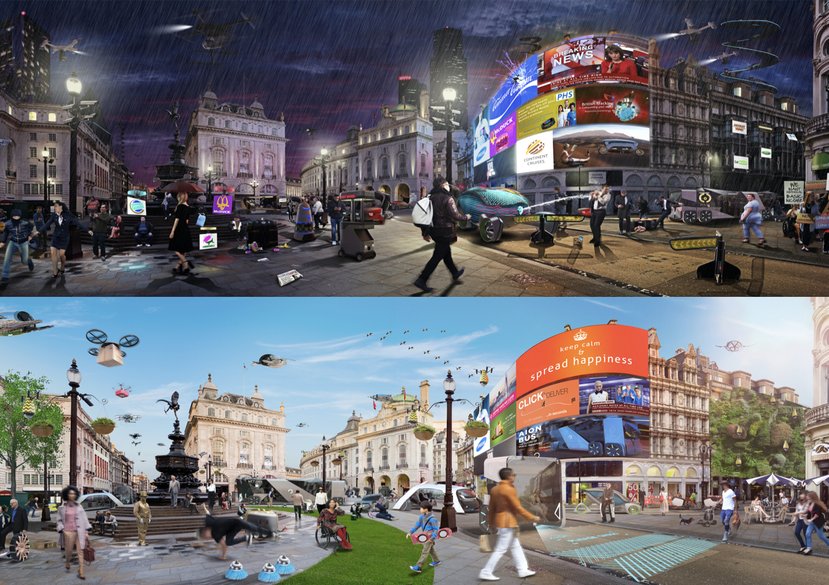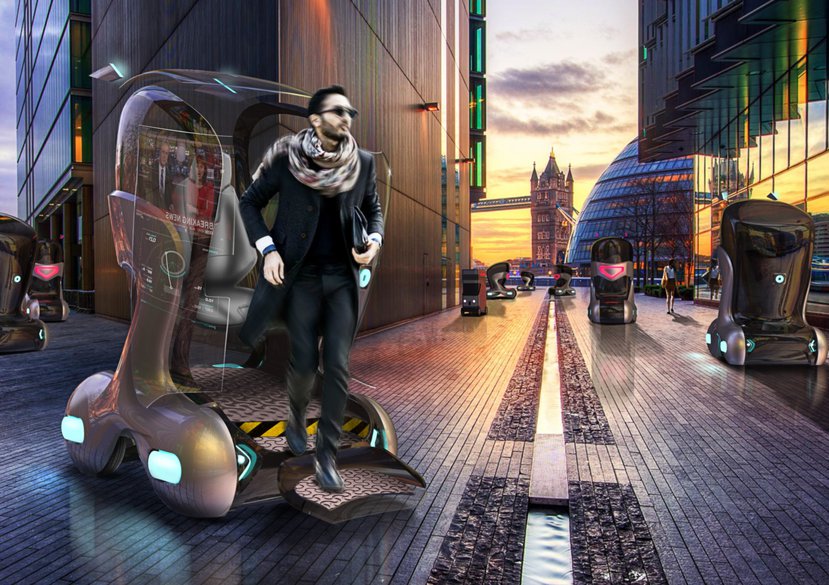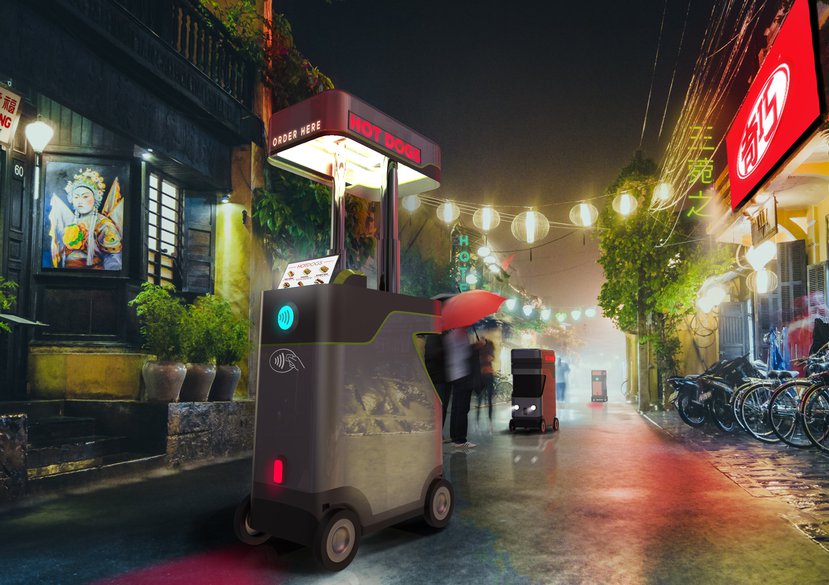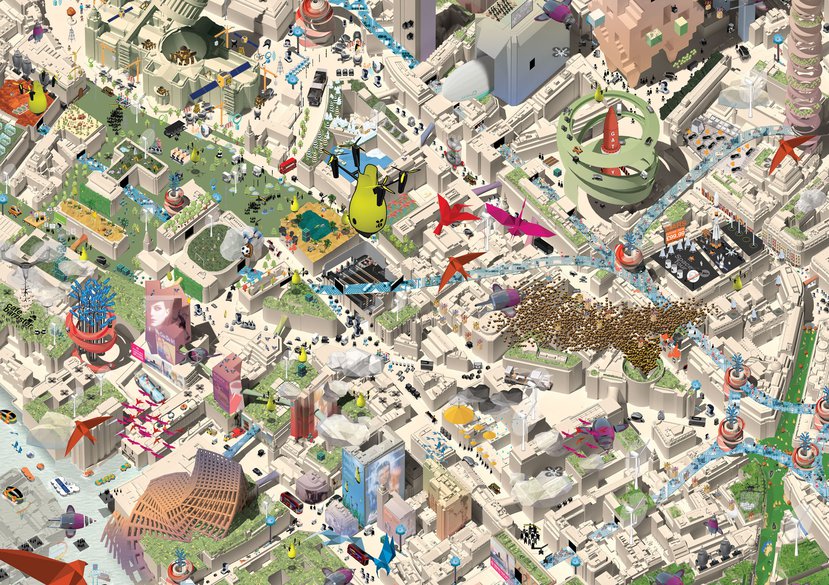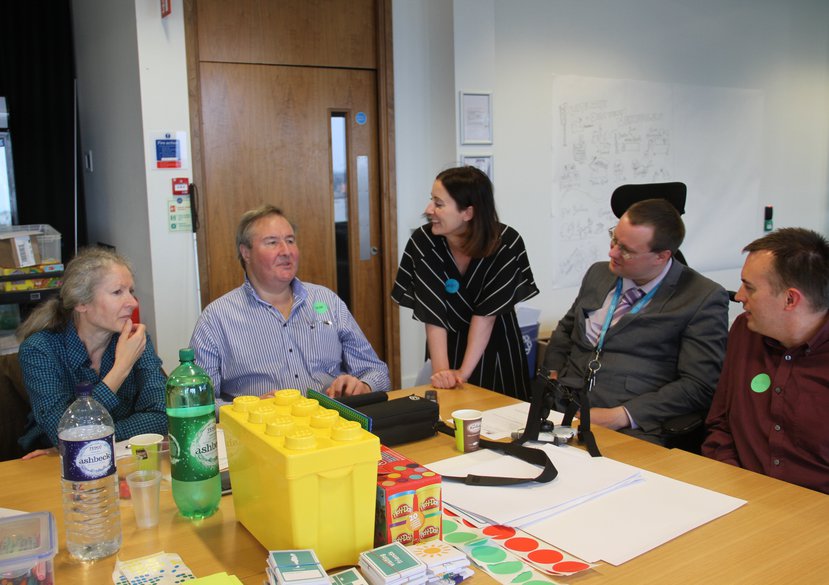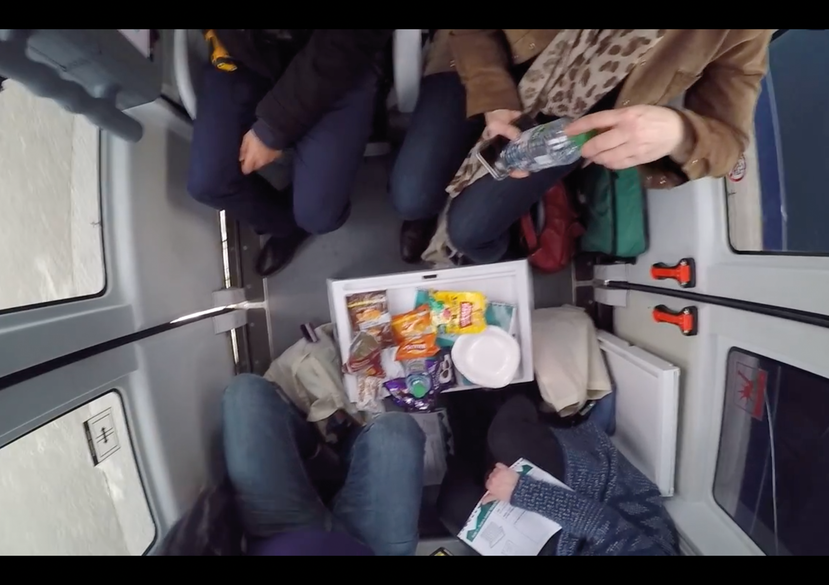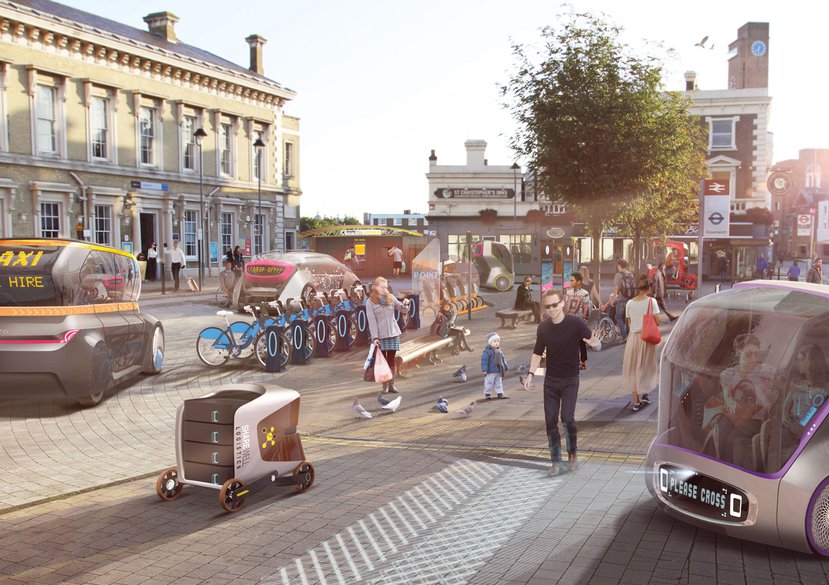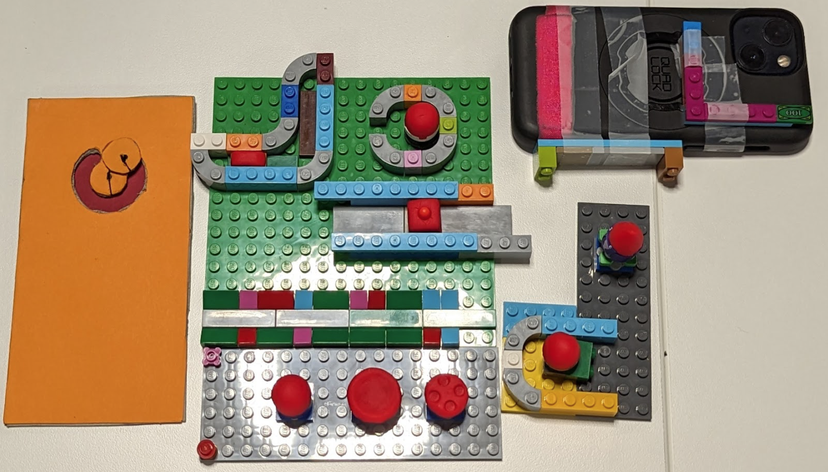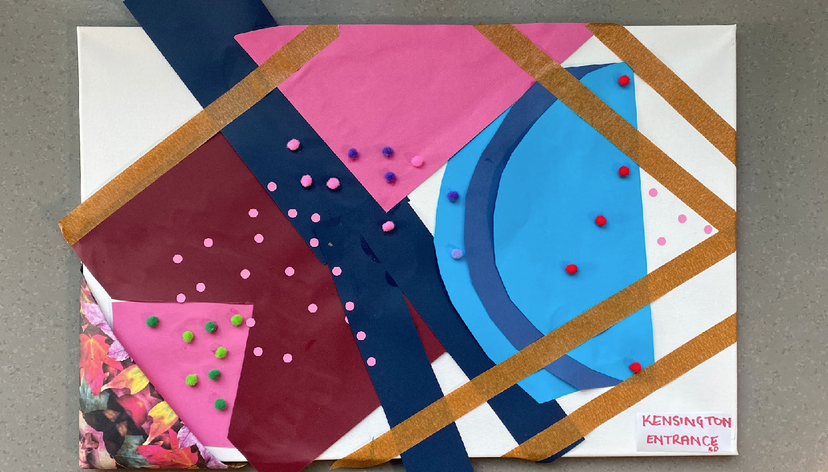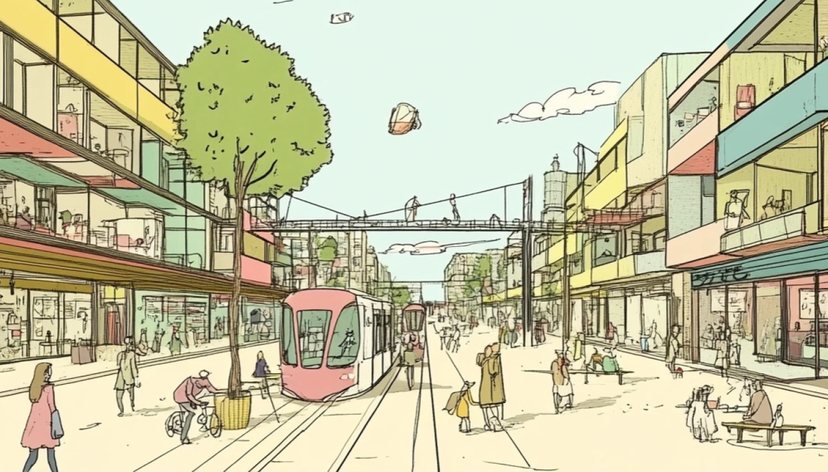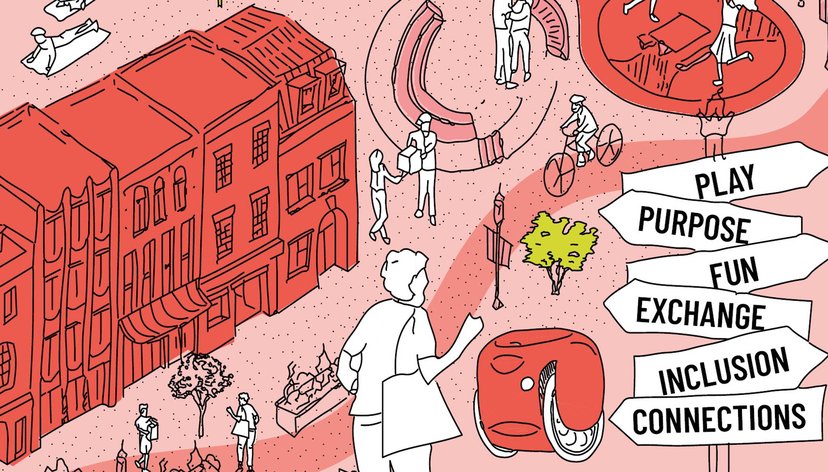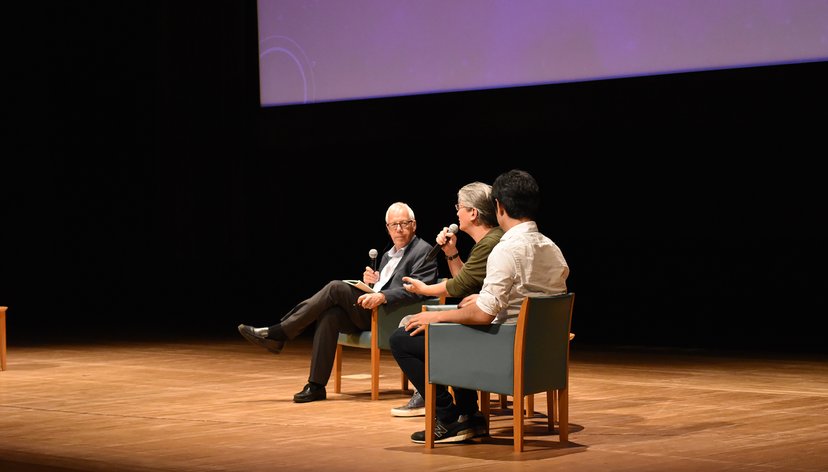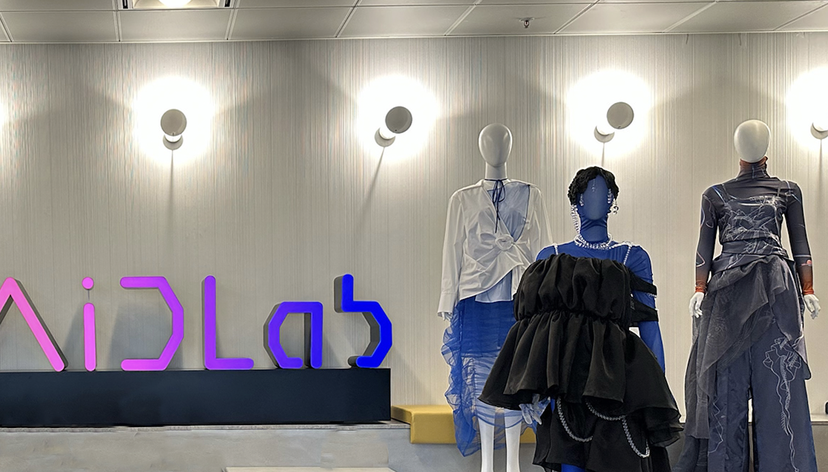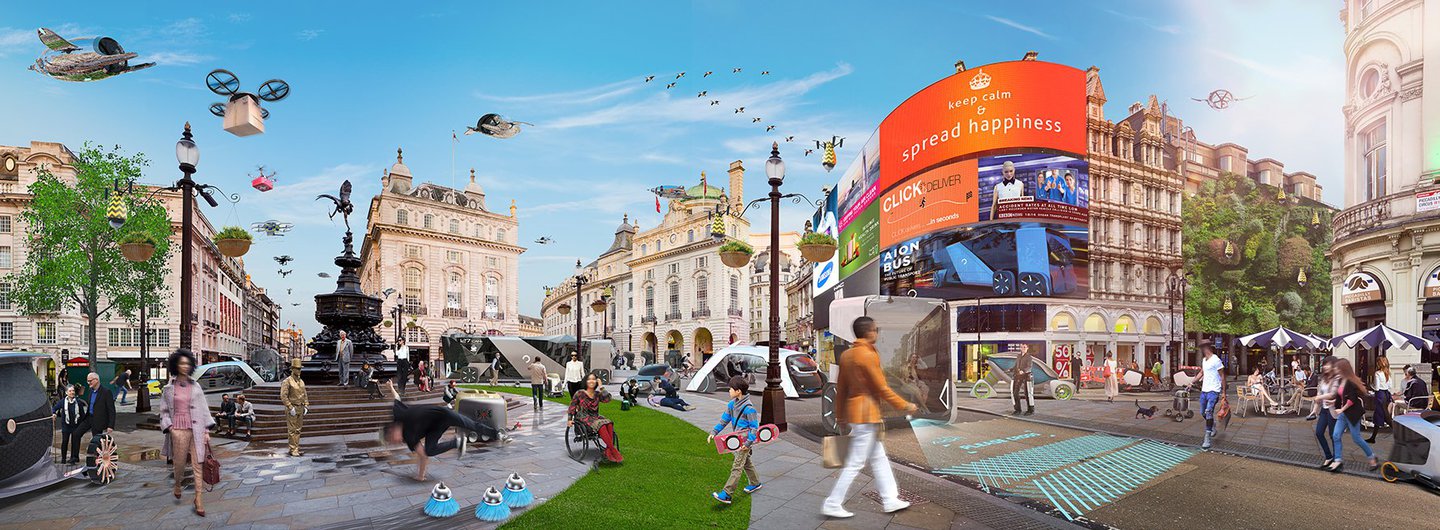
Design for acceptance and adoption in urban environments

From folk tales of flying carpets to appearances in science-fiction movies, autonomous vehicles have gripped our imaginations worldwide. Now, mobility is set for the most significant change since the invention of the internal combustion engine. People see the rise of driverless cars in a variety of ways, from the excitement of new possibilities and eagerness to try them to fears over lack of control and outright scepticism.
GATEway (Greenwich Automated Transport Environment) was an £8m research project that aimed to understand and overcome the technical, legal and social challenges of implementing automated vehicles in an urban environment.
The Royal College of Art led the public engagement work stream, and our team included designers and researchers from The Helen Hamlyn Centre for Design and the Intelligent Mobility Design Centre.
We explored the public’s attitude towards driverless technology in an effort to understand how their preconceptions of autonomous vehicles might be taken into account in the design of future vehicles, services and infrastructure; with a focus on the views of Londoners and London’s urban environment.
Key details
Gallery
More information
The challenge
The Intelligent Mobility Design Centre and the Helen Hamlyn Centre for Design were part of the GATEway consortium that aimed to understand and overcome the technical, legal and societal challenges of implementing automated vehicles in an urban environment, centred around public trials of autonomous vehicles in Greenwich.
We explored the public’s attitude towards driverless technology in an effort to understand how their preconceptions of autonomous vehicles might be taken into account in the design of future vehicles, services and infrastructure; with a focus on the views of Londoners and London’s urban environment.
Our approach
Between 2016 and 2017 we carried out desk research, interviewed experts, ran a series of pre-trial workshops with members of the public; held an interactive exhibition on driverless futures at the London Transport Museum; and carried out a number of group activities inside an autonomous shuttle on the Greenwich peninsula, where we prototyped future commutes, shopping trips and leisure journeys.
We used this research to understand the role of design in increasing the acceptance and adoption of driverless vehicles in urban environments; what are people’s hopes and fears, and their needs and aspirations, and how might they shape a driverless future?
Our final publication sets out to answer these questions by sharing stories from future Londoners, the services that they will use, the vehicles that will support them on their journeys and the impact that these will have on our city’s infrastructure and environment.
We set these stories in 2035 , when autonomous technology will be available and we describe a preferable future that meets people’s needs and aspirations while taking into account the environmental, social and economic challenges that cities will face.
We share design patterns that communities and organisations should consider when developing future autonomous mobility services, vehicles and infrastructure.
We also set out potential road maps towards this driverless future, indicating who might benefit most from autonomy; which services will be most acceptable; how the environment and infrastructure of the city might adapt to provide benefits for every Londoner; while creating a pathway for universal autonomous mobility that provides citizens with social, environmental and economic benefits including safer streets, more inclusive environments, and cleaner and calmer cityscapes where people, rather than vehicles, are put at the figurative centre of our public and civic space.
Finally, we describe the research methods that we used to reach these conclusions and further research opportunities that arise from this work.
Activities and Outputs
We used people-centred design research techniques to listen to and engage with diverse people, including drivers and non-drivers, experts and members of the general public, and people with additional needs.
The methods used by the Royal College of Art researchers on GATEway comprised:
- Workshops, including interviews and co-design activities with a range of users and potential users
- Interviews with users of test vehicles
- Exhibitions involving engagement activities with the public and experts
- Design, including aspects of experience, service, and urban design, and designing vehicles and future mobility platforms.
Designing within GATEway was about creating stimuli and provocations to understand users’ reactions and alternative ideas rather than developing 'solutions'.
Outputs
Outputs from the project are listed below:
Driverless Futures. Design for acceptance and adoption in urban environments

Auto Valet Parking Trial. Design for acceptance and adoption
London Transport Museum Exhibition : Driverless futures - Utopia or dystopia

Harrow, Dale, et al. "Understanding how attitudes towards autonomous vehicles can shape the design of cities." proceedings of the Institution of Civil Engineers-municipal engineer. Vol. 171. No. 1. Thomas Telford Ltd, 2018.
Gheerawo, Rama, et al. "Using public views on autonomous vehicles to shape the design of our future cities." The 6th International Conference for Universal Design 2016. International Association of Universal Design, 2016.
Public participation workshop report for GATEway driverless vehicle
RCA Student and Internship Report
Designing with people inside a driverless vehicle: Trial 1 RCA Workshop Report
Car Culture Media Automated Vehicles & Driverless Cars
Team
Ask a question
Get in touch to find out more about our research projects.
[email protected]

